When you travel a lot you find that the same type of destinations recur around the country and throughout the world. Old towns are one type destination that is found everywhere. While each Old Town is different and teaches you something new, in this post we share some tips for getting the most out of them.

Our Experiences with Old Towns
As we travel around the world we love to learn more about the history of each place that we visit. A great way to get that historical flavor is to visit the “old town” in an area. Sometimes it is called the old town, sometimes the historic district, or sometimes it isn’t named at all but is just an old section of the city that maintains its historic charm.
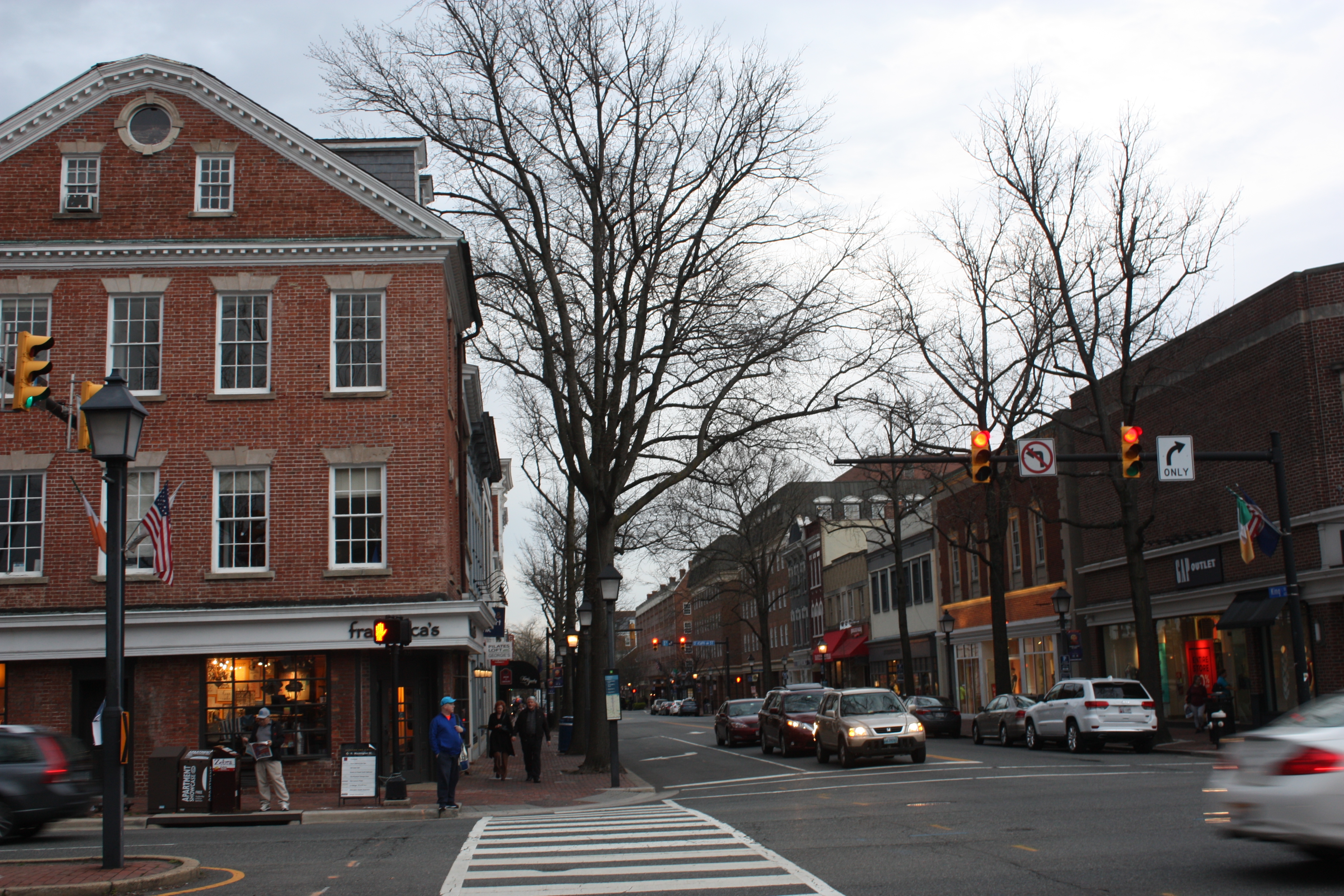
We have visited old towns across the United States, Caribbean, and Europe. San Diego’s old town the first old town that we went together while we were on our honeymoon. Some other favorites have been to are Nauvoo in Illinois, Dubrovnik in Croatia, Havanah in Cuba, Bath in England, Boston, Alexandria near Washington DC, the Citi in Paris, Edinburgh in Scotland, and of course Venice.
Old towns are so fun we love to walk around them and soak up the feelings that are there. Peaking in to shops and getting some local food can be an awesome way to spend an afternoon.
Difference Between and Old Town and a Historic Site
I don’t know that there is an official definition of what an old town is, but they are different than a historic site. An old town is generally still an active community. They don’t usually have fees to enter the old town and there are normally still people who live there and operate independent businesses.

Historic sites often require a fee and are set up to be a snapshot of a particular time. You can often find historic sites inside of old towns, such as the Mormon Battalion site in San Diego, or the Old Wall in Dubrovnik. Other historic sites might be on their own but might feel similar to an old town because they are large and contain many historic buildings. Places like Mount Vernon and Versailles fall in to this category.
5 Tips for Your Visit
#1: Be prepared for crowds
Old towns are almost always made up of small narrow streets. This, combined with the fact that they are popular, leads to them often being quite crowded. This can especially be true if the area is still an active business center for the city because it causes locals and tourists to all be crowding in to the same area.

If you realize it is going to be crowded you can prepare by making sure you keep track of your party so no one gets lost while you are there. You can get leash backpacks for children, or you can all wear matching shirts. You can also talk with your children about holding hands and staying with you.
Because of the narrow streets many old towns and historic districts have converted the streets into pedestrian only areas, or into one-way roads. This means navigation in a car can be tricky and often frustrating. Try to locate public parking before going, then park your car and walk.
#2 Find a Map/Learn to Navigate
Old towns can be confusing. Winding streets intersect and then have dead ends without warning. Getting lost can be fun, but eventually you are going to need to find your way back, so make sure you learn to navigate.
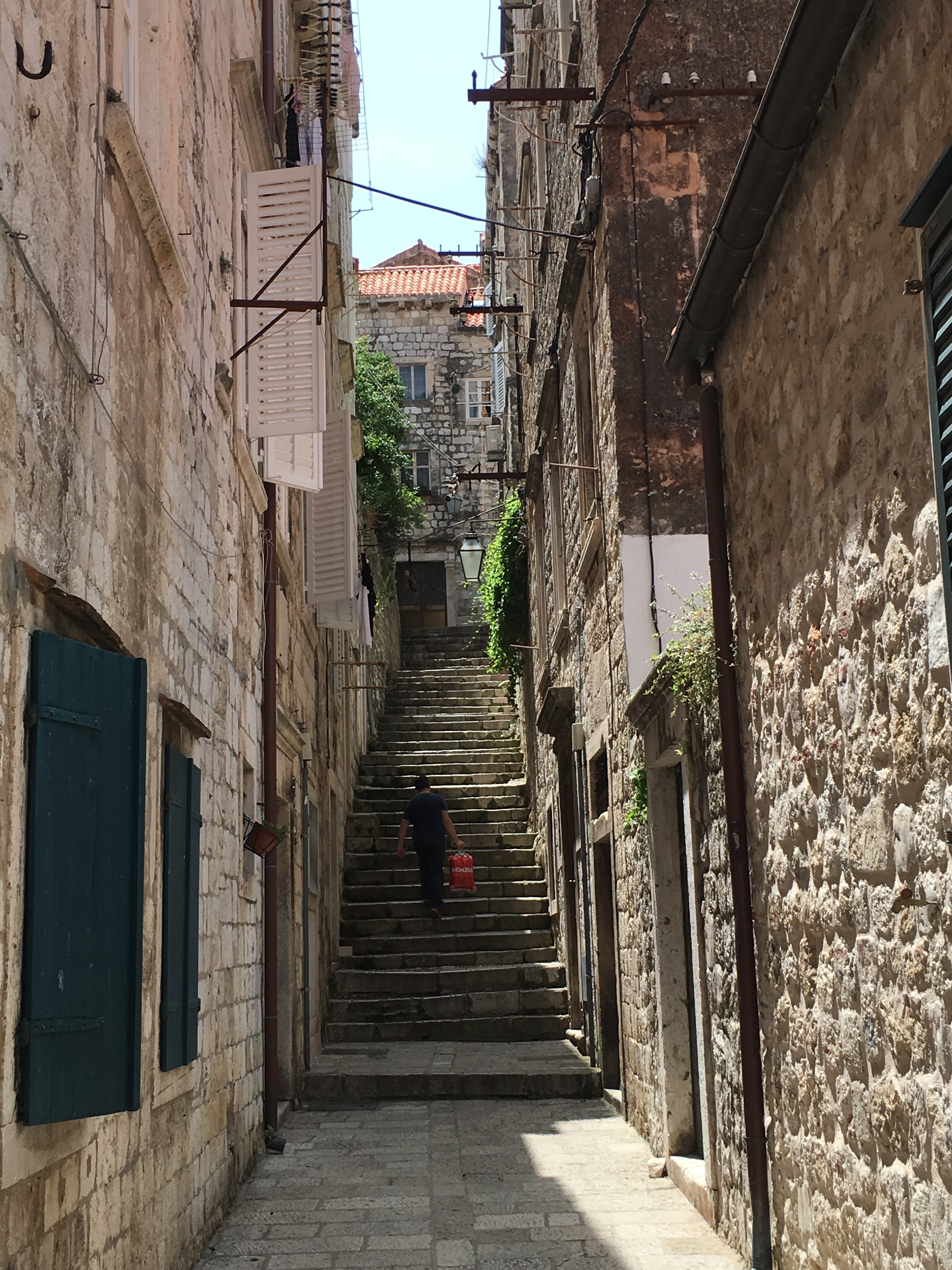
Many old towns will have maps you can pick up from the local visitor center, or they will have map kiosks located at street corners. It is worth it to take a few minutes to get oriented to the directions in the town and what the different symbols and colors on the map mean. You can also figure out which historical sites or landmarks are located near each other so you can make a plan.
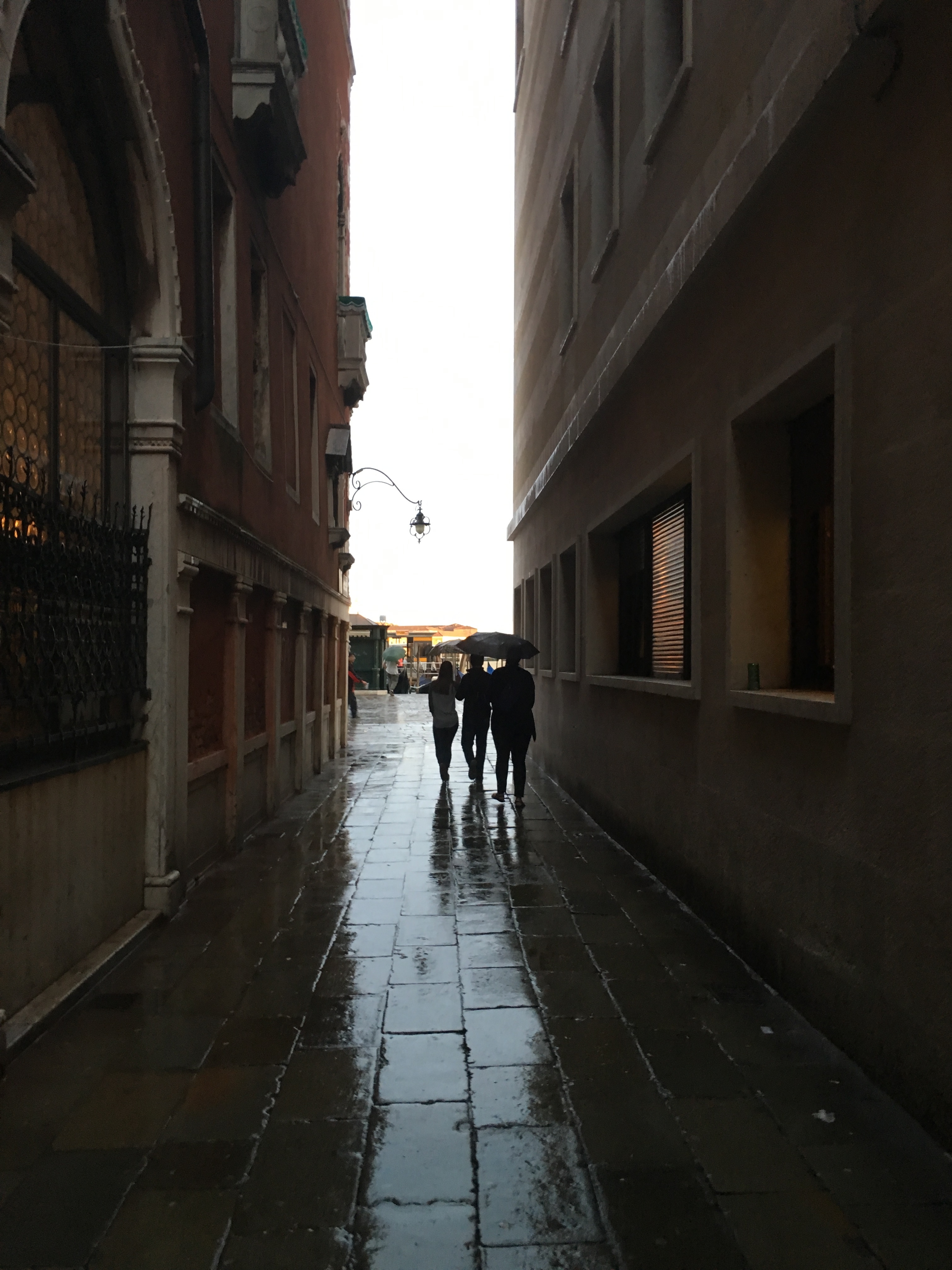
Venice is a great example of learning the navigation of the area. Venice is essentially all old town, and maps are almost useless there because there are so many streets and they are so tight together. But once you figure out how to read the marking on the walls by each alley way you realize that it doesn’t matter which street you are on, so long as you head in the right direction.
#3 Get a Guide
Because old towns are not historic sites on their own, they often aren’t consistent in the amount of signs or information on those signs. So having some kind of guide can really help you to discover the most in these areas. You can use a guide book, an audio guide, or take a local walking tour.
We really enjoyed using Rick Steve’s audio guides in many cities in Europe. They can take you on a historic walk and help you to see things that you probably would not have noticed other wise. Audio tours like this are our favorite because the seem to provide the right amount of information. I like guide books or pamphlets, but I can end up taking too long with them and hold up the group. Unfortunately audio guides for old towns are not as widely available as guide books.
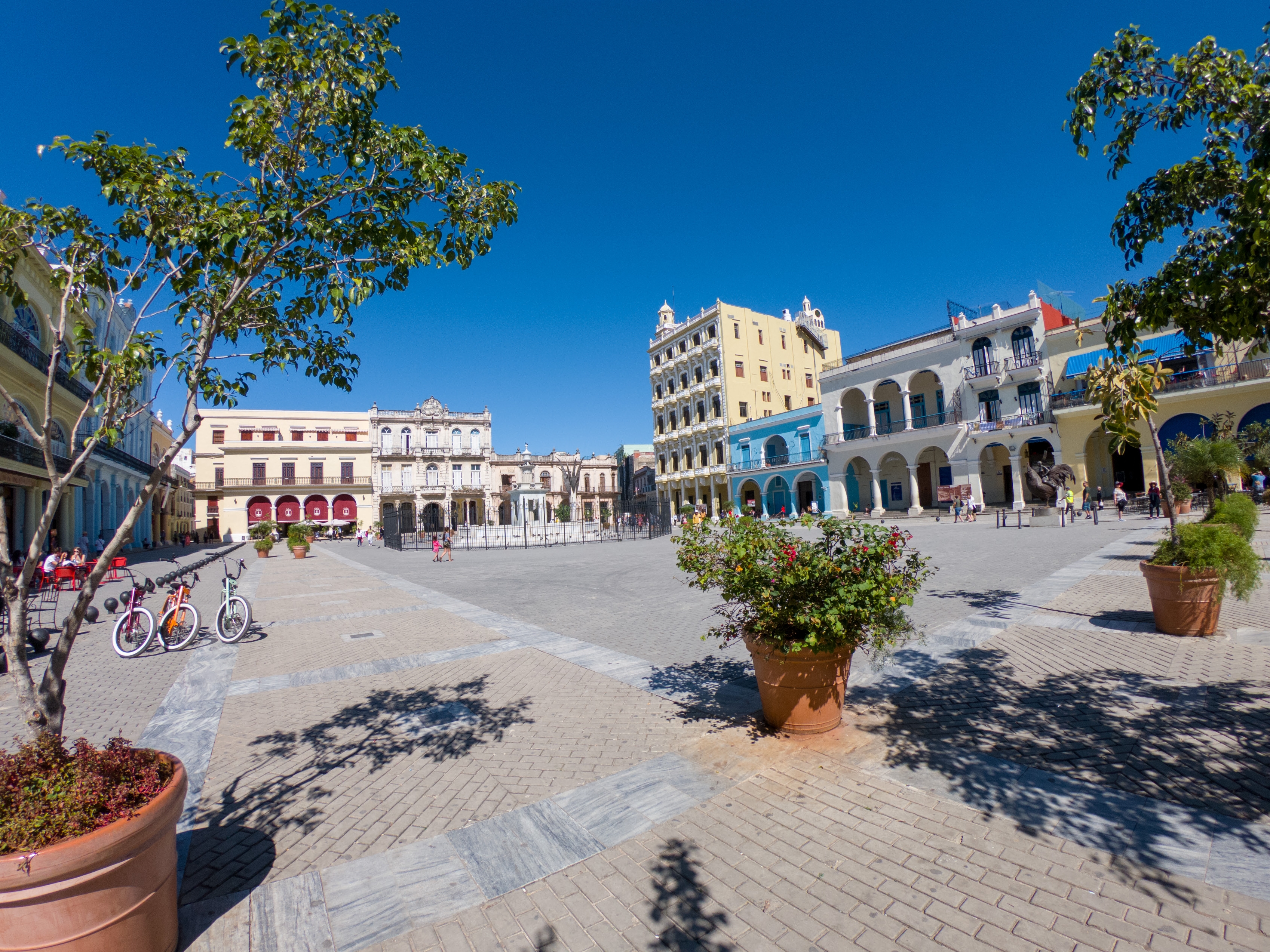
Look online to find out if there is a walking tour of the area. Often locals will give these tours for free (although they take tips!). This takes more planning to be in the right place at the right time, but it is very enjoyable. Of course if you are taking a professional tour of the area your guide will likely take you through the old town, like we did in Havana.
#4 Actively Engage with the Culture
Old towns are great places to learn, but you will learn better if you actively try to engage with the culture. I will admit that we are not the best at this, but talking to locals is one of the best ways to really get to know a place. Shop owners love to talk to you in many places in the world and they will let you know things you probably couldn’t learn form a plaque or book.

In old towns you will often get to see local artisans or performers. Take the time to watch them. If you have the chance to learn a dance or a craft that can be an excellent learning opportunity. It can feel awkward sometimes to do these things, like dressing up in historical clothing or trying to the hula, but it always makes for a great memory.
#5 Eat Local Cuisine
Food is a huge part of culture. If you don’t eat some of the food of a place you haven’t really been there. Old towns always have lots of options for local food. You won’t be able to experience all the food of place while you are there, but you should try something. Meagan is not as in to this particular tip as I am, so I get it that you might not want to try something strange, but I bet you can find something that is palatable in most places. In a lot of places I have eaten some incredible food!
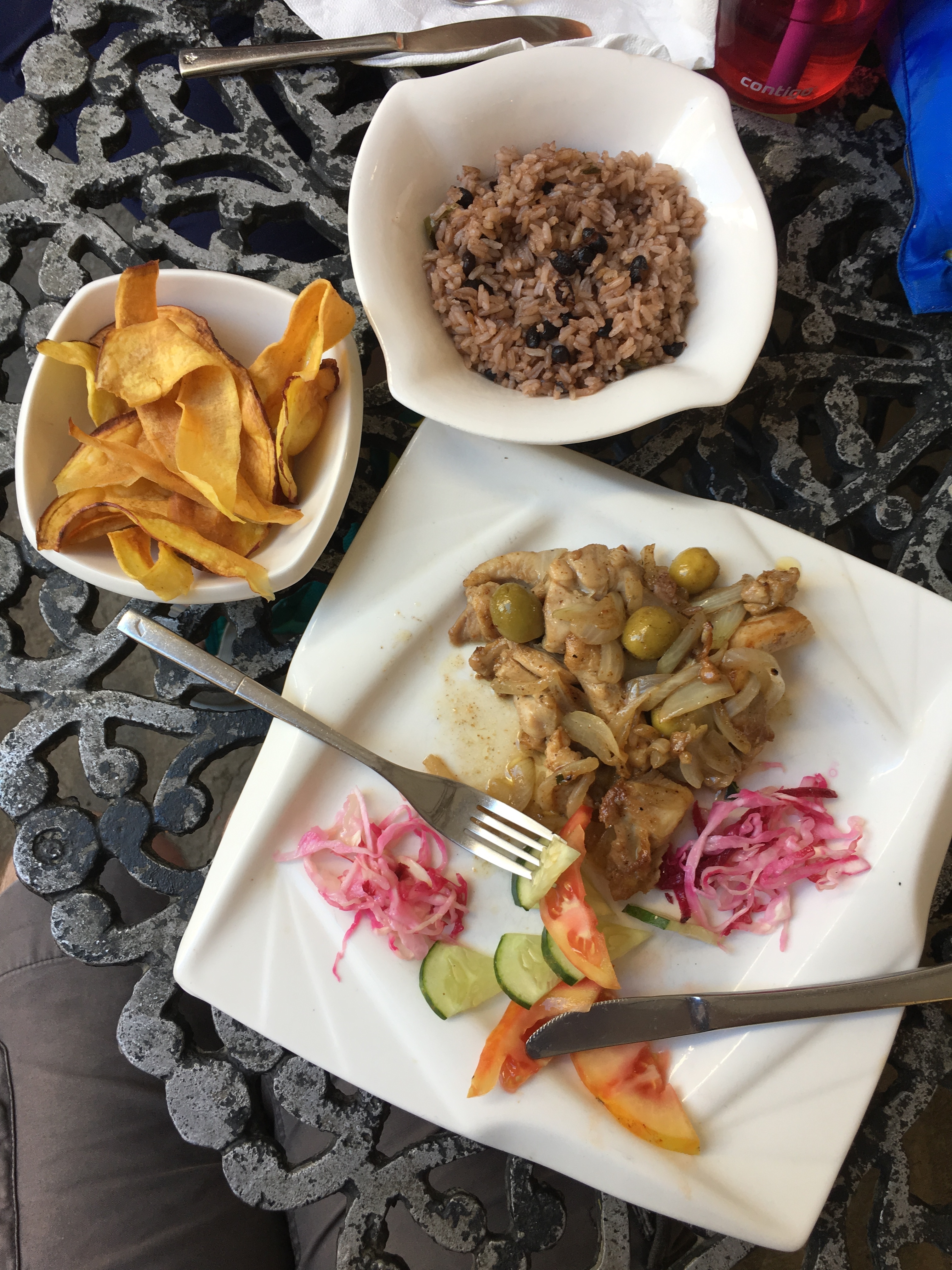
Bonus: Prepare for Old Roads
It stands to reason that old towns would have old roads. This often means cobblestones (especially in Europe and areas heavily influenced by Europe). This can be rough on feet and suitcase wheels. When we first started traveling we did not invest in good shoes, and we felt it. We now wear Chacos on almost all our trips and it makes a huge difference. Make sure you have some good shoes and that they are broken in before you go on your trip.

Try not to have your suitcase with you while you are in an old town. They are just difficult to deal with and can damage the streets. For a while Venice had banned roller bags completely on their streets, although they were allowed when we were there. We spent a good half a day hauling our bags through the tiny streets, bumping along cobblestones and hauling them up and down bridges. It does not make for the best experience. If you can’t leave your bag in a vehicle or hotel room you can often find a bag check at a museum or other site which is probably worth the cost.
Sum Up
Old towns are amazing places to visit. Take your time to go and see them when you are in an area. While all old towns make their money catering to tourists, they can vary drastically in how touristy they are. No place was this more obvious than our Caribbean trip. Havana is the least pushy, least touristy old town we have ever visited. Nassau on the other hand, has what is technically a historic straw market, that is completely devoted to selling tourists cheap junk. Both types of places are fun to visit, so roll with what you find there.




